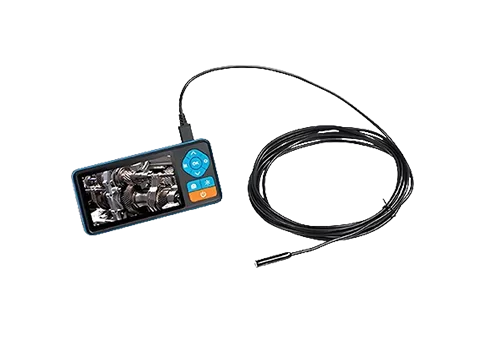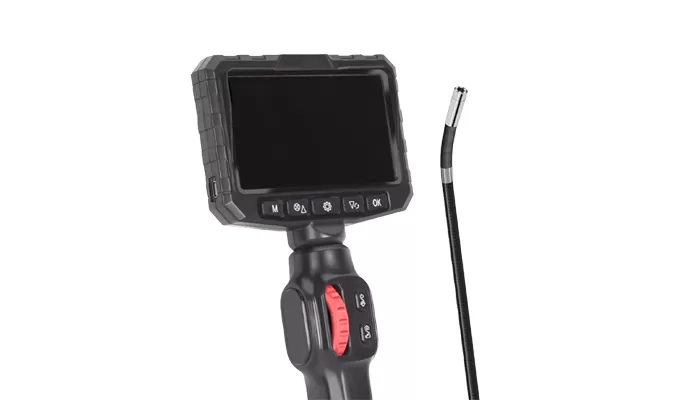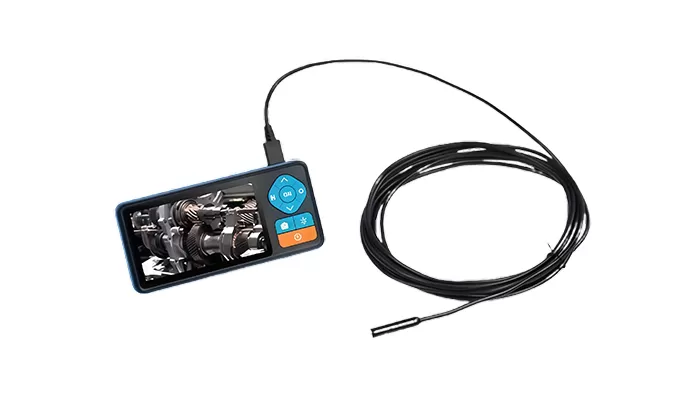An endoscope module is the core imaging unit of an endoscope, combining a miniature camera, optics, sensor, and lighting in a compact design. While many users focus on the visible tip of an endoscope, it's the internal module that ultimately defines image quality, durability, and adaptability.
MAIYIS specializes in endoscope camera modules and image processing boards, positioning the module as the foundation around which endoscopic products are built.
In practice, an endoscope module captures light through micro-lenses and converts it into digital data. That data is then transmitted to an external display or processor. The module may also integrate LED lighting, protective housings, and miniaturized circuits—making it much more than just "a camera".
MAIYIS offers multiple models, including OV9734, OV6946, and OH01A10, each designed for specific conditions and use cases.
Core Design Priorities for High-Quality Endoscope Modules
Several engineering factors distinguish a high-performance endoscope module from a basic miniature camera:
Sensor and optics alignment: Even small misalignments can cause distortion or blur, especially in narrow or curved channels. MAIYIS emphasizes precision alignment and rigorous testing during production.
Integrated illumination: Because endoscopy often occurs in dark environments, LED or fiber-optic lighting must be built in or mounted next to the module for consistent illumination.
Miniaturization and durability: Modules are often only a few millimeters in diameter yet must withstand friction, moisture, and repeated bending. MAIYIS designs modules for both industrial inspection and veterinary/medical applications.
Signal fidelity and processing: Images must be transmitted cleanly, without noise. Processing, whether handled on-board or through a companion image processing board, ensures stable HD output.
Thermal and power management: In tight enclosures with limited cooling, efficient circuitry prevents overheating and preserves image quality.
These design priorities determine how well an endoscope module performs in demanding environments.
Choosing the Right Module for Your System
When selecting an endoscope imaging module, system designers should consider:
Diameter / form factor: Must fit the intended probe or device.
Resolution & frame rate: Higher resolution shows fine details, while higher frame rates support dynamic inspections.
Field of view (FOV) & depth of field: Balance wide coverage with reliable focus depth.
Lighting & sensitivity: Low-light performance is as critical as resolution.
Interface & compatibility: Modules must connect via USB, MIPI, LVDS, or other compatible interfaces.
Durability & sealing: Waterproofing, chemical resistance, and rugged housing are essential in harsh environments.
MAIYIS highlights modular products such as OV9734 and OH01A10 to meet a wide range of system integration needs.
MAIYIS's Endoscope Module Expertise
MAIYIS sets itself apart by treating the endoscope module as the building block of endoscopic imaging systems. By focusing on module development, MAIYIS can supply modules to OEMs while also integrating them into complete endoscope devices.
This dual capability gives MAIYIS both flexibility and vertical integration. Since module performance drives the entire imaging chain, MAIYIS gains a strategic advantage in quality control, customization, and product evolution—supported by its expertise in image processing boards.


